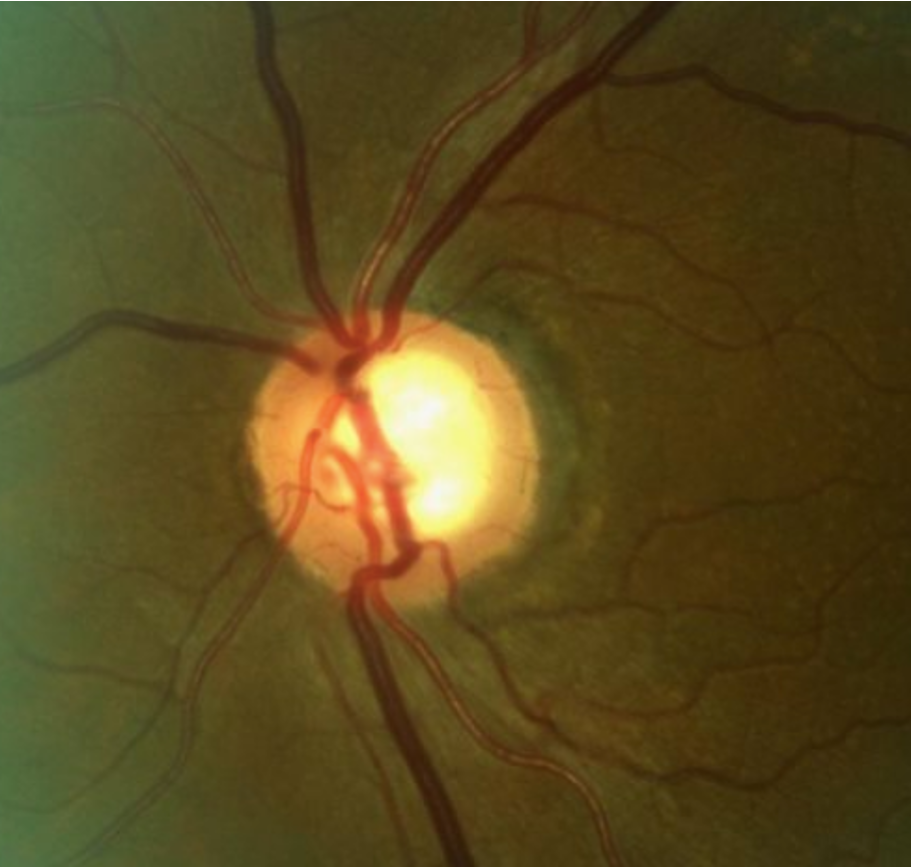 |
| Study shows placebo can have a true clinical effect in ocular hypotensive therapy. Photo: Andrew Rixon, OD. Click image to enlarge. |
It remains unclear whether placebo is effective in glaucoma treatment and, if so, which factors are indicative of its effect size. In a new meta-analysis, the first to systematically analyze published data on the effect of placebo in ocular hypotensive therapy, researchers investigated these factors and found that placebo is in fact clinically effective for lowering IOP in eyes with glaucoma or ocular hypertension (OHT).
A total of 40 randomized controlled trials (7,829 eyes) with 33 placebo groups (2,055 eyes) and seven untreated groups (1,184 eyes) of patients with open-angle glaucoma or OHT were included.
First, a perceived placebo effect was measured as the overall IOP change from baseline. It was evaluated in terms of the effect size (mean difference from start to finish) and then was compared with the effect size as obtained from controls in order to obtain the true placebo effect. The primary outcome was effect size based on four weeks of treatment.
Placebo was determined to be effective in lowering IOP (-1.3mm Hg). This effect was superior to the effect calculated for the untreated controls by -2.27mm Hg.
The authors explained three key findings: (1) placebo is effective for lowering IOP, (2) the effect is superior to non-treatment and (3) the major determinants of its IOP-lowering effect are the strength of active treatment.
“Clinic and ambulatory blood pressures during the no-treatment period did not differ from the baseline, indicating that the objective outcome changes after placebo administration had been due to an actual placebo effect,” the authors wrote in their paper for Ophthalmology.
The active treatment effect size was a significant factor in predicting the extent of the placebo effect. Placebo additionally lowered IOP by -0.45mm Hg per -1mm Hg of active treatment effect. An add-on study design and larger sample size were also associated with a greater placebo effect.
Effect size of placebo increased in line with the effect size of active treatment and also in add-on study designs. The authors noted that participants in a trial of a more effective drug may have greater expectations about the effect, which may lead to a greater placebo effect.
“In add-on design randomized controlled trials measuring additive effect, participants are aware that they will receive at least one active treatment, which in fact reduces uncertainty about drug efficacy, thereby potentially leading to a greater placebo effect,” the authors explained. “Additionally, the number of study participants was positively correlated with the placebo effect, as is consistent with a former study investigating the determinants of a placebo effect. This could have been due to the need for larger sample sizes to demonstrate statistical differences between placebo and active treatment groups in cases of a larger placebo effect.”
The meta-analysis concludes with the suggestion that placebo is clinically effective for lowering of IOP in eyes with glaucoma or OHT. “This fact should be considered when evaluating the efficacy of proposed IOP-lowering medication, as well as in health economics analyses and sample size calculations.”
Choe S, Kim YK, Chung W, et al. Placebo effect and its determinants in ocular hypotensive therapy; meta-analysis and multiple analysis. Ophthalmology. June 13, 2023. [Epub ahead of print]. |

